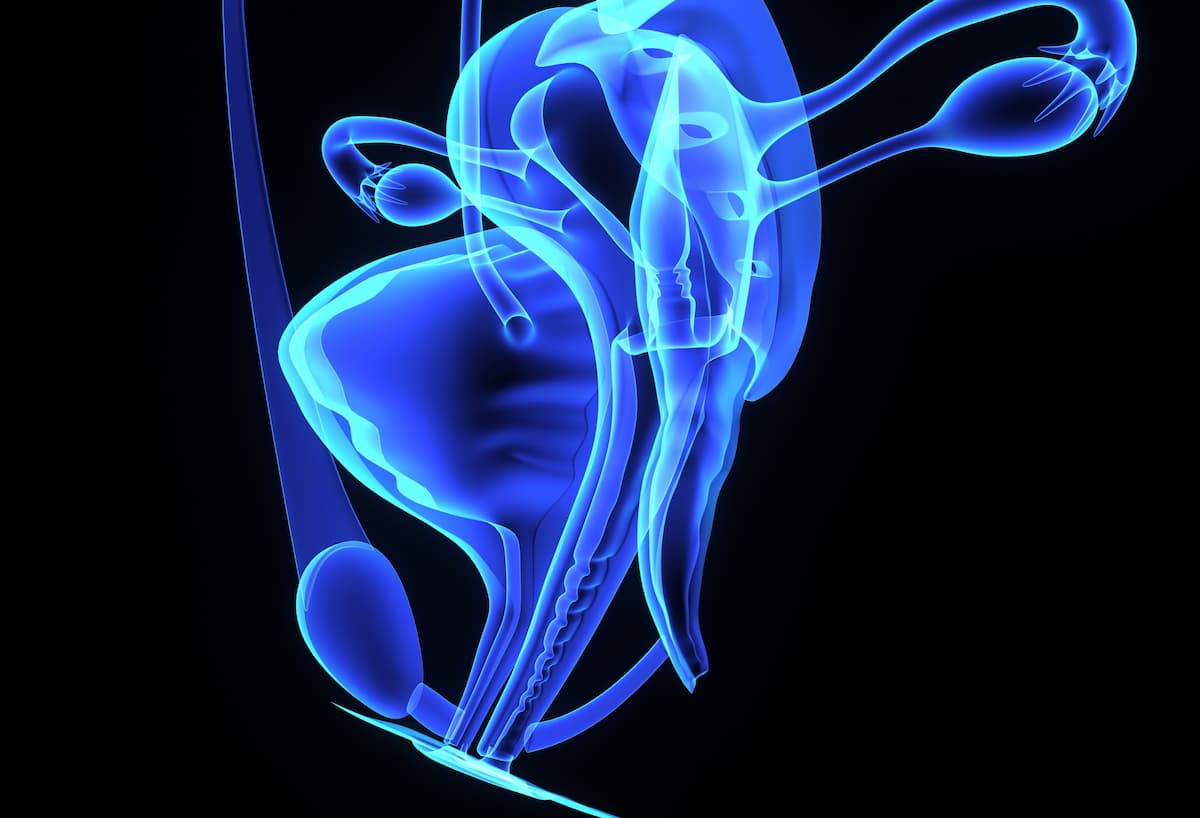Nimotuzumab Plus Image-Guided RT May Be Feasible in Older LACSCC Population
No grade 4 AEs were observed, but 1 patient experienced a grade 5 infection leading to death that was deemed not related to nimotuzumab.

Among older patients with locally advanced cervical squamous cell carcinoma (LACSCC), the combination of nimotuzumab with image-guided radiotherapy and brachytherapy was well-tolerated and displayed promising survival outcomes, according to findings from a prospective, single-arm phase 2 trial (NCT04976478) published in the International Journal of Radiation Oncology, Biology, and Physics.
Among 118 patients treated with the nimotuzumab-based regimen, after a median follow-up of 24 months (95% CI, 21.78-25.53), a complete response (CR) was observed in 61.86% (95% CI, 53%-71%) of patients, and a partial response (PR) was observed in 29.66% for an overall response rate (ORR) of 91.53% (95% CI, 85%-96%). An additional 3.39% achieved stable disease (SD) for a disease control rate (DCR) of 94.92% (95% CI, 89%-98%).
The median disease-free survival (DFS) was 36.99 months, and the 1- and 2-year DFS rates were 92.42% (95% CI, 85.40%-96.14%) and 84.61% (95% CI, 75.07%-90.72%), respectively. The median overall survival (OS) was not reached (NR), and the respective 1- and 2-year OS rates were 96.19% (95% CI, 90.15%-98.55%) and 88.22% (95% CI, 78.87%-93.60%).
“The addition of nimotuzumab to image-guided radiotherapy correlated with a clinically meaningful improvement in short-term efficacy and survival outcomes, with a manageable safety profile. These interim results from this ongoing study demonstrated that nimotuzumab was efficacious with acceptable tolerance,” Ang Qu, MD, PhD, of the Peking University Third Hospital in Beijing, China, wrote in the publication with study coinvestigators. “We will formally report the 3-year survival outcomes in the final analysis. Furthermore, we are planning a higher-level evidence trial to validate these observations.”
Patients 65 years and older with histologically confirmed clinical stage IB3 to IVA disease per FIGO 2018 criteria and an ECOG performance status of 0 to 2 were enrolled from November 2021 to January 2023. Additionally, those enrolled had at least 1 measurable lesion, an intolerance to or refusal of prior chemotherapy, and an expected survival of 3 or more months.
Treatment consisted of nimotuzumab at 200 mg once weekly for a maximum of 6 weeks or until unacceptable toxicity or patient withdrawal. Additionally, patients received external beam radiation consisting of image-guided intensity-modulated radiotherapy and volumetric modulated arc therapy at a dose of 45 to 50.4 Gy for 25 to 28 fractions, with the radiation increased to 60 to 66 Gy for those with metastasis in the pelvic and abdominal pana-aortic lymph nodes. Additionally, a total dose of 60 Gy was pursued in the parametrium of patients with stage IIIb disease.
Moreover, patients received image-guided brachytherapy consisting of either 6 Gy across 5 to 6 fractions or 7 Gy across 3 to 4 fractions. The high-risk clinical target volume (HR-CTV) dose was 80 to 85 Gy, with a HR-CTV dose exceeding 87 Gy in tumors that were 4 cm in diameter or larger. Brachytherapy and EBRT were completed within 7 weeks.
The median age on trial was 72.0 years (range, 65-92), with 82.0% of patients having an ECOG performance status of 1. All patients had SCC histology, and 33.3% had stage IIB disease per FIGO 2018 criteria. The median diameter of target lesions was 40.0 mm (range, 2.7-115.0) and the median Charlson Comorbidity Index was 3.0 (range, 2-6).
The primary end point of the trial was DFS. Secondary end points included OS, CR rate, ORR, and safety.
Any-grade and grade 3 adverse effects (AEs) occurred in all 73 and 13 patients, respectively. The most common any-grade AEs included leukopenia (64.38%), anemia (42.47%), diarrhea (38.36%), neutropenia (31.51%), nausea (19.18%), and inappetence (19.18%). Additionally, the most common grade 3 AEs included leukopenia (30.77%), anemia (23.08%) neutropenia (23.08%), lymphopenia (15.38%), and diarrhea (7.69%).
No grade 4 AEs were observed, but 1 patient experienced a grade 5 infection leading to death that was deemed not related to nimotuzumab. No drug-related severe AEs or deaths were reported.
Reference
Qu A, Zhuo Y, Zhu H, et al. Nimotuzumab plus image-guided radiotherapy for elderly patients with locally advanced cervical squamous cell carcinoma: interim analysis of a prospective multi-center phase II trial. Int J Radiat Oncol Biol Phys. Published online November 4, 2025. doi:10.1016/j.ijrobp.2025.10.029